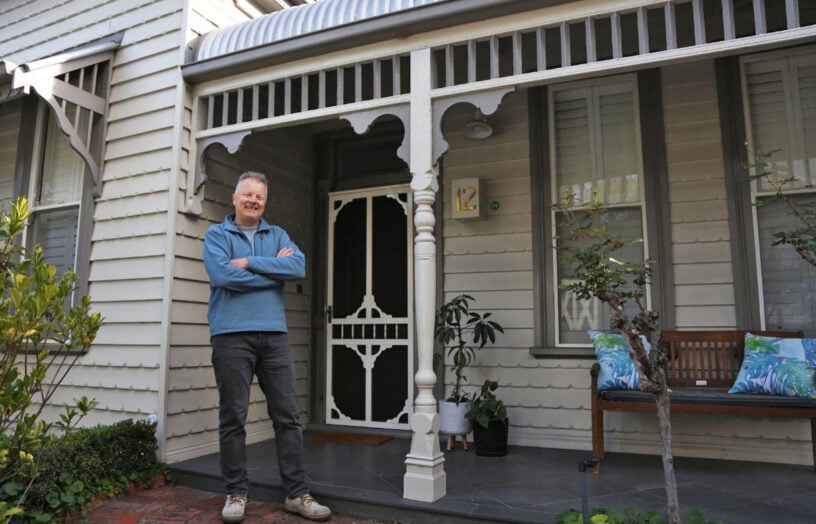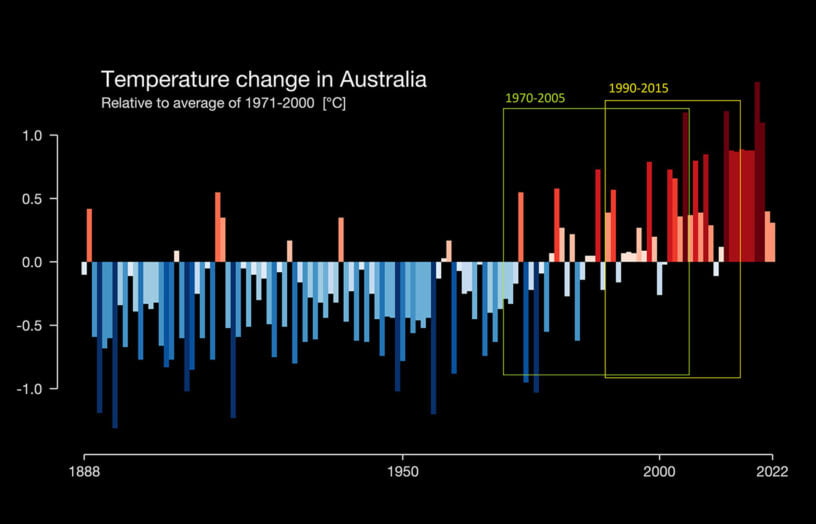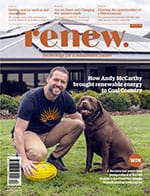Mandatory disclosure of energy ratings on the horizon

Graham Hunt introduces us to a soon-to-be-implemented national framework that will be a massive win for renters and homebuyers.
Imagine heading to a real estate site to rent or buy a property and seeing the energy efficiency rating of each listing. It would just make sense, given the level of information consumers receive about other products they purchase. Currently, you’d have to be looking for a home in the ACT to find any such information.
The good news is that such a scheme may not be far away for other states, too. Australian governments are working together on a Home Energy Ratings Disclosure Framework, which will require disclosure of a property’s energy and thermal performance at point of sale or lease. The framework is expected to be ready for implementation mid next year.
Renew was heartened to see the release of Version 2 of the Framework by Australia’s energy ministers in July this year, and acknowledges the extensive work of the Federal Government and stakeholders to develop it. The possibility that Australia could soon have a nationally consistent and robust rating disclosure scheme adopted across the country is very exciting.
The mandatory disclosure of energy ratings will allow consumers to be much better informed when comparing properties to buy or rent. It will also empower homeowners and property owners to improve the thermal comfort and energy efficiency of their homes, and create opportunities to reduce emissions from the built environment.
Since 1999 in the ACT, sellers of residential properties have had to provide information about their property’s Energy Efficiency Rating (EER) to potential buyers. A study in 2008 found that the scheme had a positive impact on property values for high rating properties. However, nationally, the concept of an energy rating disclosure scheme has had a long gestation.
In 2009, the Council of Australian Government (COAG) agreed in concept to a National Strategy of Energy Efficiency (NSEE), which included a proposal to introduce some form of mandatory disclosure of a residential building’s energy, greenhouse gas and water performance.
A Regulation Impact Statement, which investigated various options, was produced for consultation in July 2011. It found that most of the options proposed had a net benefit. However, the scheme was never adopted. It seems that not all states and territories could get on board with the final proposal due to concerns over red tape and the perceived cost to homeowners.
Around the same time, a similar scheme—the Commercial Building Disclosure Scheme—was introduced under a federal law using the NABERS scheme to undertake assessments. This was introduced quite promptly, was readily taken up by the real estate industry and has been operating successfully for over 13 years. So successfully, in fact, that the NABERS scheme has now been exported to New Zealand and the UK.
In 2016, further progress was made on the residential side when, according to the Energy and Climate Change Ministerial Council, “The former COAG Energy Council agreed to the National Collaborative Approach to Residential Building Ratings and Disclosure—Principles. These principles have been established to guide the consistent development and collaboration of state and territory based residential building ratings and disclosure schemes.”
Further work resulted in Version 1 of the National Framework for Disclosure of Residential Energy Efficiency Information released by the energy ministers in December 2021.
In July 2024, energy ministers released an updated version of the Framework which now includes apartment buildings (Class 2 under the National Construction Code) as well as more detail on the proposed framework regarding the form of assessments for consultation with industry and stakeholders.
The overall proposed framework and the development of NatHERS for existing homes as outlined in Version 2 of the Framework appears to be workable and considered. Renew is fully supportive of its adoption as soon as possible and strongly endorses the two primary functions of the Framework: to set out national parameters for disclosure and to guide the creation of a supportive market environment for disclosure and upgrades.
However, more is needed to further encourage the development and promotion of value-add services that facilitate genuine evidence-based performance upgrades—particularly of thermal envelopes rather than just minimal mandatory disclosure requirements.
The new laws are intended for all single homes and apartments put up for sale or lease. They exclude non-private dwellings with shared services (such as retirement villages, nursing homes, boarding houses, student housing, corrective institutions, nursing homes and hotels, including apartment hotels), as well as caravans and houseboats, and apartments in built-to-rent schemes.
The need to disclose energy efficiency will be triggered whenever the property is advertised for sale or lease. Before it can be advertised, an on-site assessment would be carried out by an accredited assessor under the NatHERS scheme who would then produce a rating and certificate using the Accurate Enterprise (existing home mode) via the cloud.
The certificate will be available to homeowners and potential purchasers or renters, and will contain detailed information on the overall energy rating, thermal performance rating, the construction of the home, and appliances.
For apartments, there will be a two-stage assessment process: a NatHERS assessment of the apartment, as well as a separate NABERS assessment of the base building (which covers shared serviced areas such as car parks, lobbies, lifts, swimming pools, gyms etc). The NABERS assessment would be provided by the body corporate and there will be varying requirements around when and how often this will need to be done.
The certificate and other information required for the rating will then be stored on a secure government-hosted data portal similar to the existing Australian Housing Data Portal (ahd.csiro.au) where data from the NatHERS Certificate for new homes are currently stored. The collation of this data will provide a powerful tool to monitor the energy efficiency of the nation’s housing stock, which can help with tracking emissions reductions and developing policy etc.
The Framework is intended to be finalised and ready for implementation from 2026 onwards. There is still work to be done, including trialling the new version of the NatHERS software, the training and accreditation of assessors, and developing protocols and processes as well as communication and educational material for consumers and industry.
The biggest unknown, and the biggest risk to the scheme being implemented, is how the Framework will be implemented by each of the states and territories. For example, NSW has just announced as part of its new Consumer Energy Strategy it will introduce disclosure of energy efficiency ratings at point of sale or lease, but only on a voluntary basis.
We have already seen how each jurisdiction has treated the upgrade of energy efficiency provisions for residential properties NCC 2022 with a new 7-Star minimum benchmark and Whole of Home ratings differently—some have totally ignored it; others have delayed implementation. Similar procrastination and back-pedalling may occur with the Disclosure Framework. Introducing the Framework under federal legislation similar to the Commercial Disclosure Scheme should be seriously considered.
Implementing a single nationwide legislative approach would: ensure a much more straightforward and efficient implementation; provide consistency, reducing confusion; reduce the bureaucracy required across the different jurisdictions; allow more centralised administration of the scheme which can build better confidence in it; and ensure a full and consistent accreditation of assessors across the nation which is currently not the case with NatHERS.
Department of Climate Change, Energy, the Environment and Water (DCCEEW) is undertaking ongoing consultation on the development of the Framework. You can visit their Consultation Hub at consult.dcceew.gov.au. There is still much to be thrashed out, such as the validity periods for disclosure certificates, the contents of such certificates, the requirements for training and accreditation of assessors, and trialling of the software. Watch this space!
If you are interested in participating in consultation on the Mandatory Disclosure Framework, find out more here: consult.dcceew.gov.au
Further reading
 All-electric
All-electric
A gas-to-all-electric and EV retrospective in data
Peter Hormann's household has invested in energy efficiency and converted from gas-electric to all-electric for their 1908 Edwardian home in Melbourne. So what can be learnt from the last 8 years through data? What might have happened otherwise?
Read more Efficient homes
Efficient homes
Building for a changing climate
Are we building homes for the future, or for the past? Rob McLeod investigates how climate change is impacting home energy ratings and the way we build our homes.
Read more Efficient homes
Efficient homes
So you want to be a home energy assessor?
Renew’s sustainability researcher Rachel Goldlust shares what she’s learnt.
Read more

